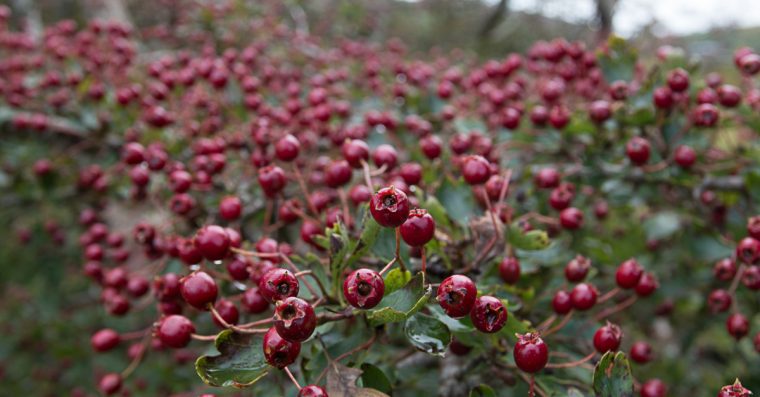Printed from: https://finalhbks.asgoodasready.com/hedgerow-cutting/
A recent report by ecologists from the Centre for Ecology and Hydrology at Monk’s Wood in Cambridgeshire has suggested that by cutting hedgerows less frequently, farmers can save money and protect our wildlife.
During the autumn each year, thousands of kilometres of hedgerow is cut using tractors with a ‘flail’ attachment. Before machinery like this was available, hedge trimming work was done by hand. As a result of the large amount of labour required, hedges were only cut every few years.
Hedges that are left uncut provide a bounty for birds and mammals in the shape of nuts, berries and flowers, as well as the perfect place for them to shelter and reproduce. The report states that reducing the cutting frequency from every year to every three years resulted in 2.1 times more flowers and a 3.4 times greater berry weight over five years.
However, a balance needs to be struck between letting hedges grow and cutting to maintain them in good condition. If they are left to grow for too long, the plants will begin to turn into trees and the effectiveness of the hedge to perform its function – as a barrier – will be compromised.
It seems that this balance can be achieved by cutting every three years, allowing our wildlife to fatten themselves for the winter on a plentiful supply of berries. So, to help protect and enhance our local biodiversity and save money at the same time, cut your hedges less!!
Hedges and the law
Please don’t trim your hedges during the bird nesting season – you could be breaking the law.
All wild birds are protected under the Wildlife & Countryside Act 1981 (as amended). This includes their nests – both in use or being built – as well as any eggs the nest contains.
It is an offence to:
- intentionally kill, injure or take any wild bird
- intentionally damage, destroy or take the nest of any wild bird while it is in use or being built (nests of golden eagle, white-tailed eagle and osprey are protected all year round)
- intentionally destroy an egg of any wild bird
- intentionally or recklessly disturb certain wild birds or their dependent young while they are nesting (including disturbance of nesting young)
There are no dates mentioned between which hedges cannot be trimmed, cut, laid or coppiced.
However, the main bird breeding season is recognised as between 1st March and 31st July. It is, therefore, recommended that if you undertake any hedgerow work between these dates, you should check the hedge for any signs of breeding activity first (observation from a distance using binoculars and direct searching of the hedge for nests). Source: Natural England.

